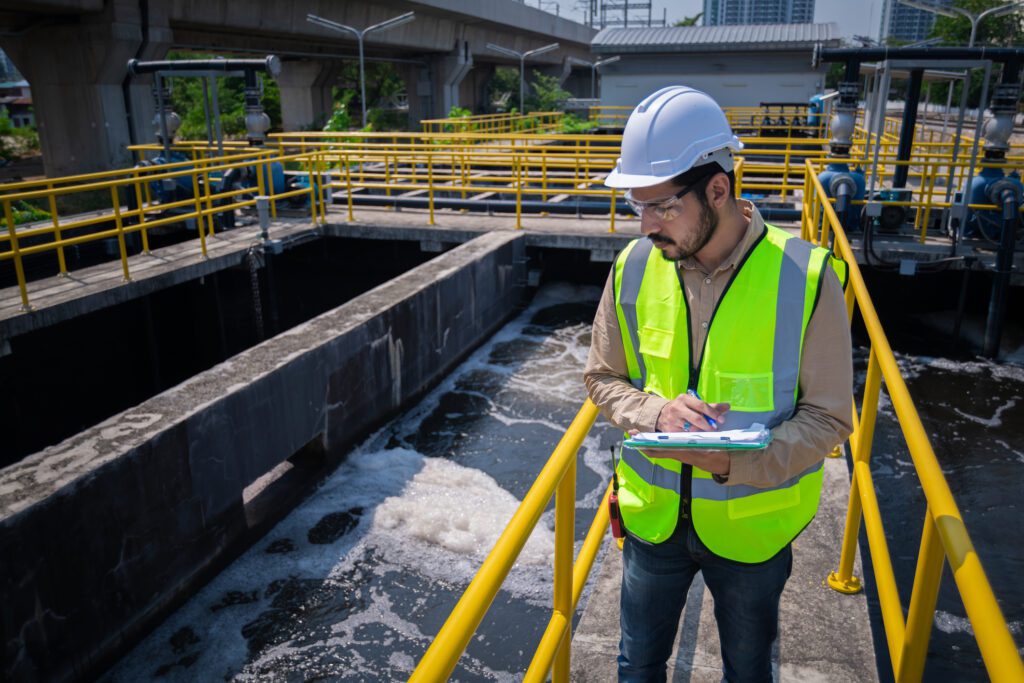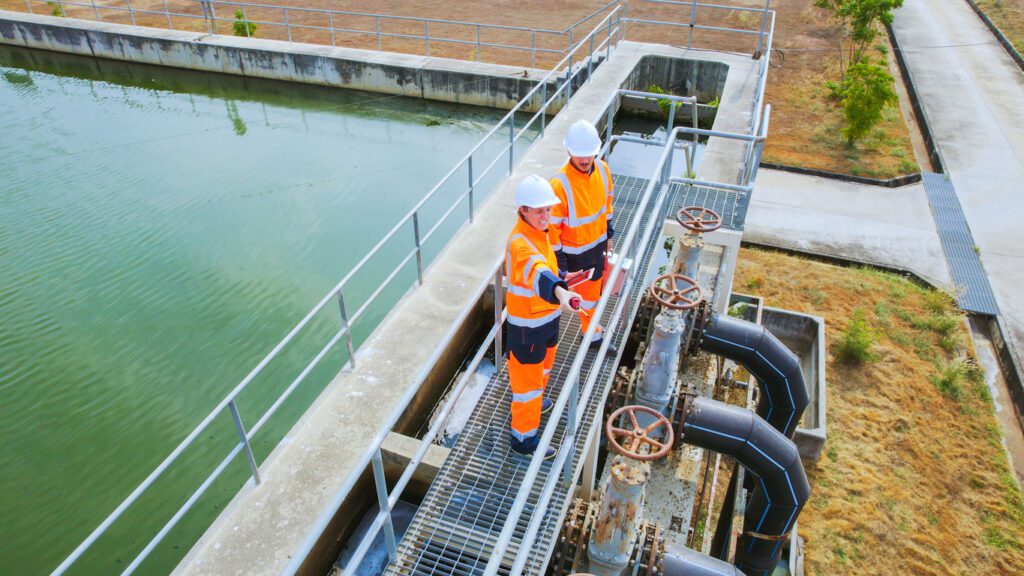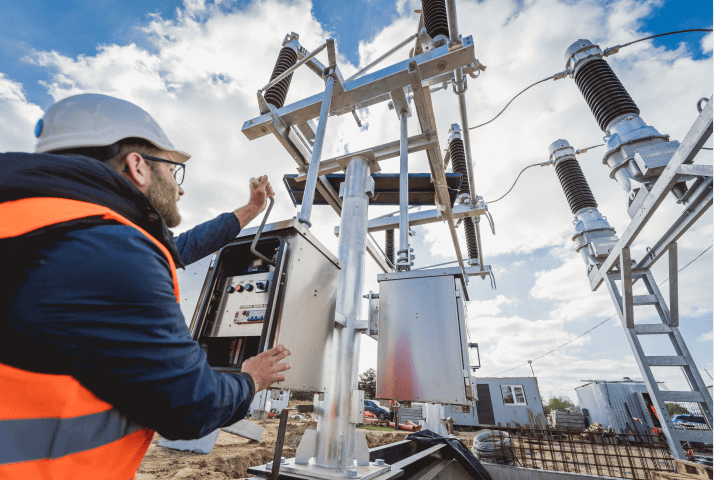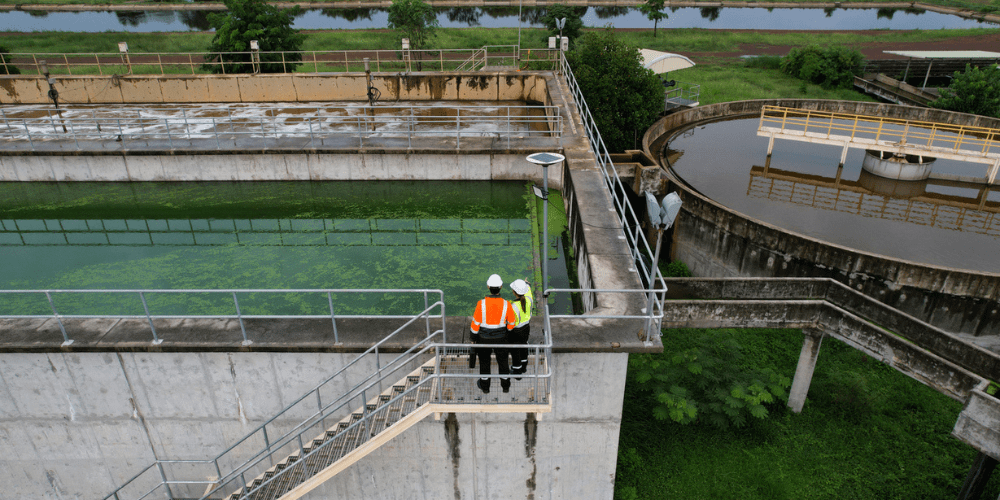Working in the UK water industry comes with strict safety and environmental responsibilities. Two qualifications you will often hear about are National Water Hygiene (known as the Blue Card) and SHEA Water certification. While both aim to promote safe and responsible working practices, they serve different purposes and are sometimes required together.
This guide explains the differences, where they overlap, and why having both can improve compliance, site access, and employability.
What Is National Water Hygiene Training?
National Water Hygiene training is a short but essential course for anyone working on clean water sites or with potable water systems. It was developed by the Energy & Utility Skills Register (EUSR) in partnership with UK water companies to ensure all workers follow the same high standards for water safety.
Key Topics Covered
- The importance of personal hygiene when working with potable water
- Prevention of waterborne diseases
- Protecting water supplies from contamination
- Site entry requirements and legal responsibilities
On completion, you will receive a Blue Card, which is valid for three years. This card is widely recognised across the UK water industry and is often mandatory for anyone accessing clean water environments.
What Is SHEA Water Certification?
The SHEA Water course is part of the Safety, Health and Environmental Awareness programme for the utilities sector. Like the Blue Card, it is developed and managed by the EUSR, but it covers a broader range of safety and environmental topics specific to water industry operations.
Key Topics Covered
- Core health, safety, and environmental awareness
- Water industry-specific hazards
- Legal and regulatory requirements for safe working
- Emergency procedures and site-specific safety measures
SHEA Water is valid for five years and is often a site entry requirement for water treatment plants, network maintenance works, and other operational environments.

The Key Differences and Overlaps
While both courses aim to improve safety and compliance, their focus is different:
| Feature | National Water Hygiene | SHEA Water |
| Primary Focus | Water hygiene & contamination prevention | Safety, health & environmental awareness for the water industry |
| Validity | 3 years | 5 years |
| Required For | Potable water site access | General water industry site access |
| Assessment | Multiple-choice test | Multiple-choice test |
| Accredited By | EUSR | EUSR |
The overlap comes in their shared goal of promoting safe working in the water sector. However, while National Water Hygiene is specifically concerned with water quality, SHEA Water covers a wider set of hazards, environmental responsibilities, and industry regulations.
When You Might Need Both Qualifications
There are many situations where both certifications are necessary:
- Working on potable water projects – where contamination control and general site safety are both essential.
- Multi-role work – for example, contractors who install equipment, carry out maintenance, and manage environmental safety.
- Client or site-specific requirements – some water companies mandate both cards for full site access.
Holding both qualifications ensures you meet every safety and compliance standard your job may demand.
How the EUSR Recognises These Qualifications
The Energy & Utility Skills Register is the industry-recognised database for utility sector training records. Both the Blue Card and SHEA Water certification are logged on the EUSR system, which means employers can quickly verify your credentials online.
This centralised recognition is a major advantage for contractors and employees who work across multiple sites and projects.
How to Get Certified
If you need to complete either or both qualifications:
- Confirm requirements – Check with your employer or contracting authority.
- Book with an approved provider – This ensures your training is recognised and logged on the EUSR.
- Complete the training and assessment – Both courses end with a multiple-choice test.
We deliver the SHEA Water course as part of our full SHEA training programme, which includes options such as SHEA Core for multi-sector access.
Training Duration and Format
Both National Water Hygiene and SHEA Water are typically completed in a single day.
- National Water Hygiene – Usually 3–4 hours of training, either in a classroom or virtual environment.
- SHEA Water – Approximately 6–8 hours of training, with more comprehensive safety coverage.
Online delivery is available for some courses, making it easier for workers to complete the required training without extended time away from site duties.
Benefits of Holding Both Qualifications
By obtaining both certifications, you:
- Maximise employability – You can work on a wider range of projects across the water sector.
- Avoid delays – No need to wait for additional training when moving between projects.
- Increase compliance confidence – Employers know you meet both contamination control and general safety standards.
- Demonstrate professionalism – Shows commitment to high industry standards and continuous safety improvement.
Ready to Get Your Water Industry Certification?
If you work in the water sector, ensuring you have the correct training is essential. Holding both the Blue Card and SHEA Water passport can make your work safer, smoother, and more efficient.
Book your SHEA Water training today and meet the highest safety standards in the water industry.




